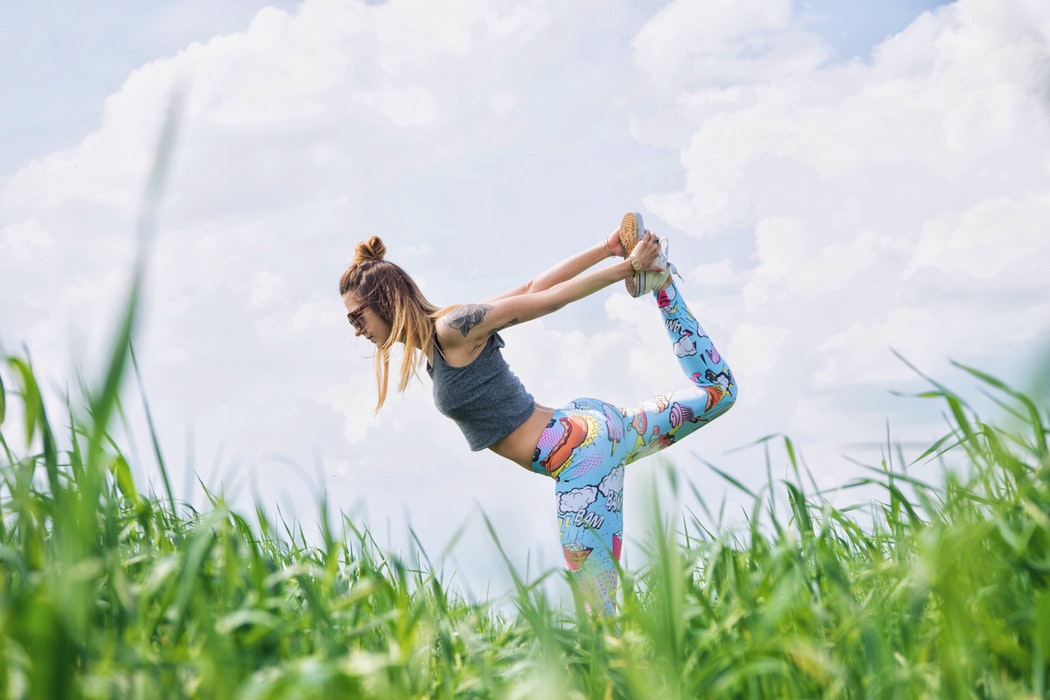Did you know that any type of exercising, including running, will tighten, or shorten, your muscles? Therefore, stretching before a run is crucial for a safe workout. Many doctors will even recommend going one step further and taking roughly 10 minutes to warm up.
Warming up prepares your muscles for whatever you’re about to put them through, whether that be stretching or exercise. Stretch practitioners know a lot about stretching and are there to make sure you’re utilizing your body’s maximum potential.
Why You Should Stretch Before Running
Since muscles tighten due to exercise, stretching aims to reverse that. It will increase your flexibility and your overall range of motion. After a quick warm-up, which can be as simple as a 10-minute walk, followed by targeted stretching, your muscles will be “warm” and loose.

Warmed-up muscles respond better to stretching and stretched muscles respond better to exercise. It will increase your blood flow while also lubricating your joints, meaning you’ll have a much lower chance of injuring yourself.
What You Should Focus on While Doing Pre-Run Stretches
When doing pre-run stretches, it’s important to focus on specific areas of your body for the best results. Stretch practitioners know exactly which muscles to focus on and how to properly complete these stretches.
Before attempting these stretches at home, it’s recommended to first seek professionals for assistance. Here are some areas an expert can focus on during a session.
Hamstrings
Because you use your legs to run, it’s obviously going to be incredibly important to stretch the leg muscles, which will increase your range of motion. One of these muscles is the hamstring, which is located behind your thigh.
A great way to stretch this muscle is to sit on the ground with one leg fully extended and the other folded in. The folded leg should allow your foot to touch your inner thigh, or at least be aimed in that direction. It’s okay if your foot doesn’t lay flat against your thigh, it will get there with time.
You will then begin to lean forward, bending your back without rounding or hunching it. This is why working with a professional is so beneficial; they will direct you to complete your stretch with perfect form. A stretch or exercise completed incorrectly defeats the purpose.
With your arm reaching for your toes, you’ll hold this position and then relax the muscle before repeating the same stretch against the other hamstring.
Lower Back
You might be surprised by how much of your lower back is used during a run. When stretching your back, it’s easy to focus on different areas, whether it be the lower, higher, or middle portion. To stretch the lower back, you can do something called the knee to chest.
The knee to chest is typically completed one leg at a time. However, doing both simultaneously is also an option. To do the stretch on one leg, begin by lying on your back with one knee bent. A stretch practitioner will then take that bent leg and bring it toward your chest. After holding it in position for a few breaths, they’ll lower it to the starting position and do the same to the other leg.
Piriformis
With every step you take, the piriformis muscle is there to secure your hip and pelvis. Like the knee to chest stretch, you’ll be lying on your back with your knees bent, followed by a professional helping you bring your leg up to your chest. Also check out our Best Way to Sleep with Piriformis Syndrome Guide.
 However, this stretch has one extra step. The knee should then be guided toward your opposite shoulder. After holding it there, a stretch practitioner will guide you back to the starting position, completing the knee to shoulder stretch.
However, this stretch has one extra step. The knee should then be guided toward your opposite shoulder. After holding it there, a stretch practitioner will guide you back to the starting position, completing the knee to shoulder stretch.
Gluteal Muscles
The gluteal muscles play a key role in your running motion. To improve your performance, keeping these muscles targeted through stretching is important.
To stretch the gluteal muscles, a stretch practitioner will have you bend your knees while lying on your back. They’ll position your ankle over the opposite knee and bring that knee toward the chest. Essentially, it’ll feel like a deeper version of the knee to chest stretch.
Spine Stretch
Your spine can go through a lot during a run, so it’s important to maintain your spinal health through stretching. Moving up and down a lot on hard surfaces brings the potential for injury, such as a herniated disc.
While on your side, a stretch practitioner will assist you with bending your upper leg and bringing it forward so it’s either close to or touching your chest. Then, they’ll rotate that leg enough for it to be touching the surface.
Never Go On A Run Again Before These Stretching Techniques!
Trained stretch professionals want to help you increase your mobility and flexibility, so you can get the most out of your runs while preventing injury. They’re also available to answer any questions or concerns you might have.

Leave a Reply